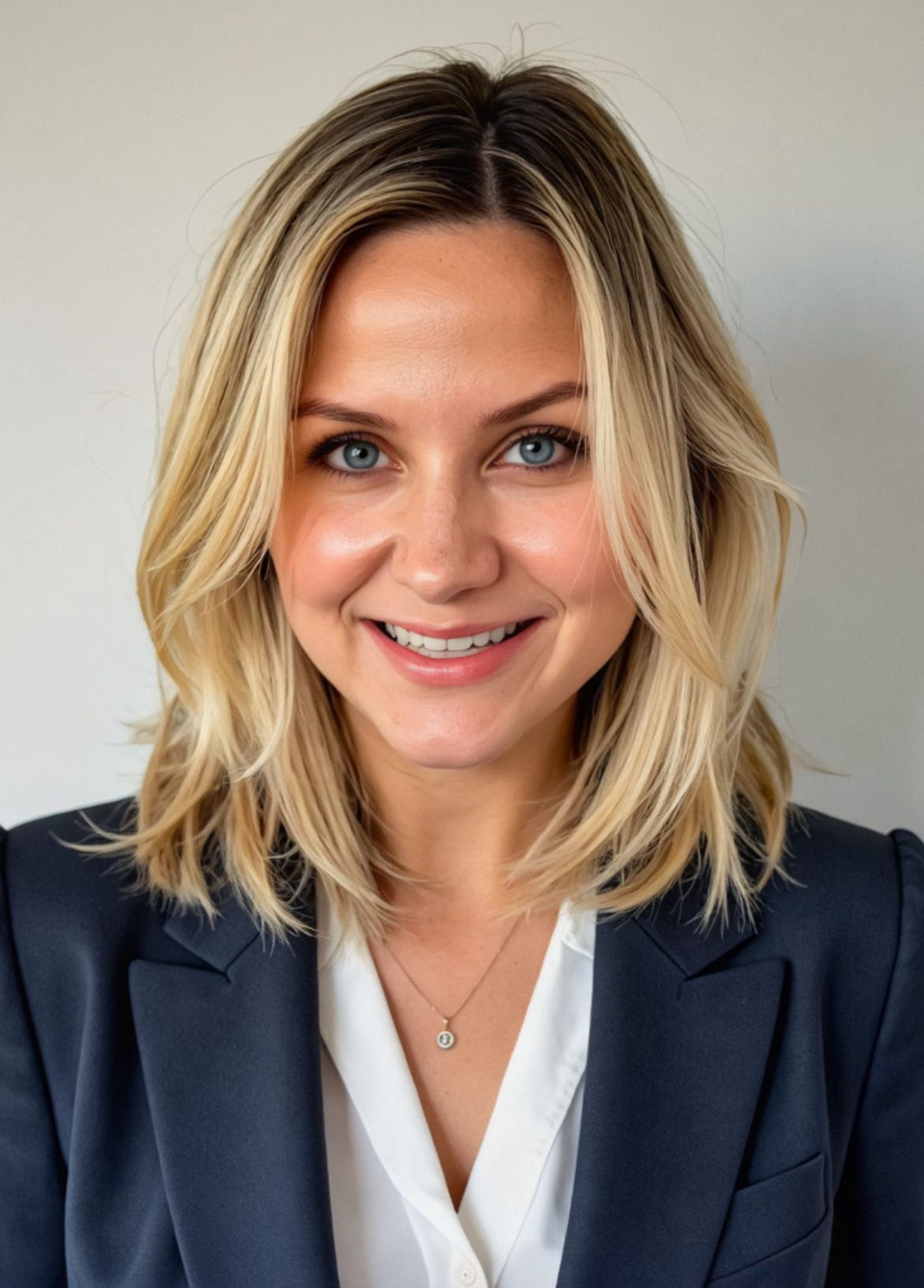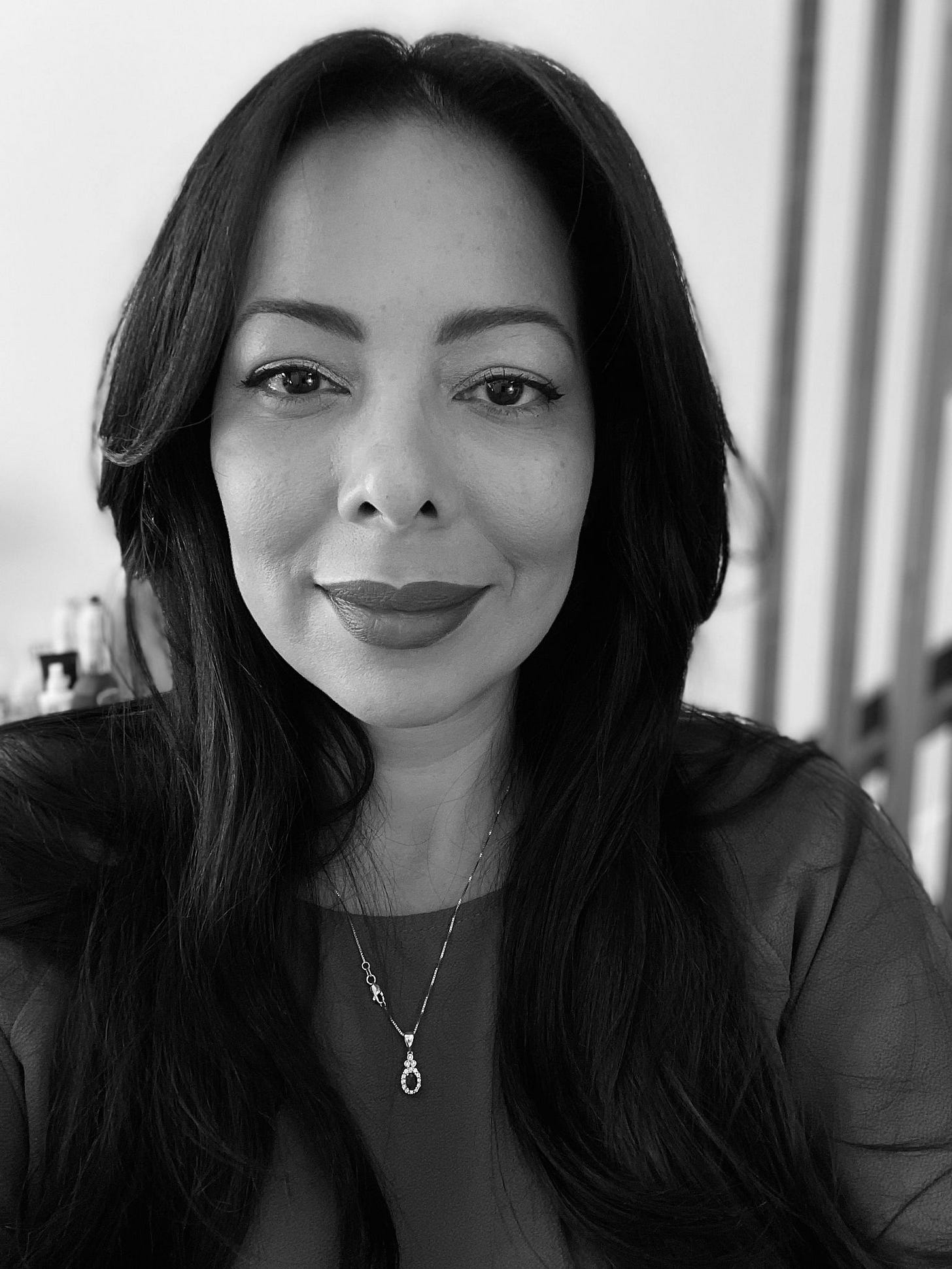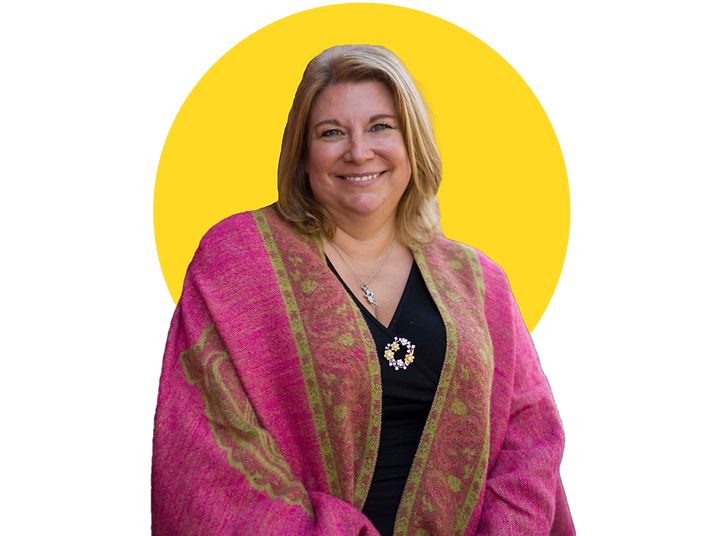What All Organizations Don't Understand about Their Climates, Costs Paid and Forfeited Growth
A summit of professionals discuss it and provide strong recommendations

Possibility, progress and success get blocked in certain environments when that it doesn’t have to be the case.
In a TED Talk that earned nearly 79 million views, the now late Sir Ken Robinson (1950-2020), an author, speaker and international advisor on education, talked about the difference between “dead” and “dormant” and what is being forfeited because of it.
He was speaking in the context of education yet his points can apply to workplaces.
“Not far from where I live is a place called Death Valley,” Robinson said. “Death Valley is the hottest, driest place in America and nothing grows there. Nothing grows there because it doesn't rain.
“In the winter of 2004, it rained in Death Valley: seven inches of rain fell over a very short period. In the spring of 2005, there was a phenomenon: the whole floor of Death Valley was carpeted in flowers, for a while.
“What it proved was this: that Death Valley isn't dead. It's dormant,” he pointed out.
What was believed: that life was impossible, Robinson debated, wasn’t a thorough understanding of reality. He went on to briefly elaborate to make a powerful point.
“Right beneath the surface are these seeds of possibility waiting for the right conditions to come about,” Robinson said. “And with organic systems, if the conditions are right, life is inevitable. It happens all the time.
This isn’t solely about an natural environment. It goes for people as well.
“You take an area... you change the conditions, give people a different sense of possibility, a different set of expectations, a broader range of opportunities; you cherish and value... you offer people the discretion to be creative and innovate in what they do and (places) that were one bereft, spring to life,” Robinson asserted.
Communication Intelligence examines Robinson’s key points with two questions to a select collection of five professionals with expertise in the area.
This should not be a surprise. Nature has taught us this and some people have learned it applies to the workplace, people, trust, relationships and success.
“Great leaders know that,” Robinson added.
“The real role of leadership...“ he contended, “is not and should not be command and control. The real role of leadership is climate control: creating a climate of possibility.
“If you do that, people will rise to it and achieve things that you completely did not anticipate and couldn't have expected.”
Leaders want to maximize possibility and yet, the potential for excellent outcomes is often being prevented by what is taking place in the culture. When and if conditions improve, desired individual, collective and organizational growth can show itself.
Making that happen isn’t always obvious to leaders.
“We must first recognize that every individual is wired to thrive in very specific conditions and those conditions vary dramatically from person to person,” says Lorraine Berg, founder at Human Centered Workplaces and a strategic leadership analyst. “We are all unique people and bringing awareness to that differentiation is what's needed.”
She explains her reasoning.
“Generic team-building or leadership frameworks often flatten human potential because they ignore innate differences,” Berg says.
“The key is to create environments that are responsive, not reactive, where psychological safety, clearly defined roles and personalized decision-making strategies are supported.”
She talks about where organizations where improvement is more likely to happen.
“As leaders, we empower others when we stop projecting our way as ‘the way’ and start building cultures where each person’s uniqueness is not only accepted, but operationalized. That’s how untapped potential resurfaces, when it’s safe, seen and structurally supported.”
“I don’t believe potential in relationships, whether personal, team-based or organizational, is ever dead,” argues Leslie Ellis, CEO at Meaningful Change Consulting and an organizational culture, transformation specialist.
“But it can absolutely be stifled, overlooked or left uncultivated.”
She frames the challenge in a specific way that may go against common thinking.
“That’s not a capability problem, it’s a mindset issue,” Ellis contends.
“How are we viewing the relationship? What purpose is it serving? Are we shaping it with intention or just hoping for better outcomes without changing the conditions?”
A Common Unhelpful Falsehood She Notices
“One of the biggest myths I see in workplace culture is the assumption that job security should be enough, that employees should simply be grateful and that alone will empower them,” Ellis says. “Rarely, anymore: people want to contribute meaningfully, feel seen and be invited in.”
Going back to what Robinson’s focus on what can happen with the proper conditions, Ellis talks about the key to “more.”
“Potential gets unlocked when leaders create environments where people are engaged early in designing change, with clear parameters and real trust, where strengths are leveraged, not overridden, where communication is effective even when it’s uncomfortable and where people know their own value and respect the value of others, instead of slipping into codependency or top-down control,” she details.
An Important Distinction
“If I could offer one mindset shift, it would be this: stop asking how you can create the right environment for others. Start asking how you can co-create it with them,” Ellis advises.
“Invite others to define, design and shape what success looks like and you’ll be surprised how quickly dormant potential begins to thrive.”
“As a leader, I’ve come to realize that my role isn’t just to move towards the future we want, but to create the kind of conditions where people can truly thrive and where people want to be part of creating that future,” says Heather Anstey-Myers, a business coach and CEO with 30-plus years of experience.
“When people feel safe, they speak up, they challenge, they create and they innovate. They are more productive and that lands in the bottom line.”
That doesn’t happen naturally for most leaders and organizations in practice.
“We need clear processes that invite people in,” Anstey-Myers recommends.
“Too often, systems are rigid and designed to control rather than empower, yet when processes are transparent and inclusive, they become springboards for creativity, ideas, conversations and co-creation.
“If we want better outcomes, we need better conditions and that starts with us.”
“A safe atmosphere where you can make mistakes,” says Taras Tymoshchuk, CEO and co-founder at Geniusee, software development for LMS, e-learning, mobile learning apps, educational platforms and virtual classrooms.
“We consciously show, through example, that everyone makes mistakes and this is a normal process when a team works and strives for success. During conversations, we often mention something like: ‘I was wrong too and even now, I often make mistakes.’
“That’s why working in a team is cool, because someone will definitely see that something is wrong and help fix it.”
It’s helpful to additionally meet to talk safely about struggles.
“Every Friday we hold retrospectives where we discuss sprints, errors that have occurred and look for joint solutions,” Tymoshchuk says. “And in our example it works: colleagues try something new and offer really cool ideas.”
Creating a environment that allows for vibrant interactions also has to be about seeing what efforts, improvements and success are taking place.
“It is equally important to appreciate and see everyone’s contribution,” Tymoshchuk stresses. “We all need to know that we are noticed and praised. Even the best professionals eventually start to burn out if they feel that their efforts are simply expected and not appreciated.”
He provides an analogy to add to his point.
“In relationships, it is the same: when one party is always trying and the other takes it for granted, motivation disappears,” Tymoshchuk says. “Even small steps should be noticed and paid no less attention to than big achievements.”

“What is often overlooked is the need for human connection,” says Christina Muller, a workplace wellness and mental health specialist. “Beyond the bottom line, employees need to know they matter and are cared about.”
She adds that the science has proved it.
“Research supports that when people feel they are integral to a system and its parts that they will comport themselves accordingly,” Muller says.
She explains an approach that can move the organization in the right direction.
“Leaders need to check-in with their employees, not only when there’s a critical incident or issue, but periodically to see how they’re doing,” Muller recommends.
“I suggest to leaders the simple question ‘How was today?’ as a good starting point and appraisal method for seeing how someone is doing, perhaps emotionally and otherwise.”
Knowing what we know now, it’s important to develop added clarity about how leaders at any level of an organization can positively influence the climate in which other people exist and function.
This can significantly raise the odds that the right efforts and attractive outcomes to come forth because we've taken the steps for it to be ripe for happening.
“Climate is the observable environment we all operate in and in any relationship, it’s being shaped constantly, whether intentionally or not,” Ellis says.
“If we want desirable outcomes to take root, we have to be just as intentional about the climate as we are about the goal.”
She speaks to the “how.”
“One of the most powerful ways to influence that environment is to ask questions that not only engage, but empower,” Ellis says. “It’s not about educating others into your vision, it’s about inviting them into it with real curiosity and a willingness to co-create.”
Sincerity is critical, she adds.
“People know when a question is performative,” Ellis offers as a reminder. “The shift happens when a leader means it.”
It Doesn’t Matter Whether a Leader Trusts EI, it Creates or Impedes Movement
While not everyone is a believer in emotional intelligence, Berg says it’s a reliable driver of the type of organizational climate that leads to better outcomes.
It’s not EI as a “soft skill” though.
It’s “as an applied strategic competency,” where it becomes most valuable, she stresses.
This requires certain skills, capacities and practices.
“Leaders, managers and employees who regulate their own energy, listen with presence and honor others' decision-making rhythms, create resonance instead of resistance,” Berg lists.
She elaborates about the “why.”
“In both business and personal relationships, when someone feels genuinely recognized, they contribute more freely. A fertile environment is one where people don’t feel the need to mask or (problematically) conform,” Berg adds.
In short, she explains what helps people and builds the best climates.
“Influence is not about control, it’s about conditions,” she says. “When those are optimized, outcomes improve as a byproduct of trust.”
“Have you ever sat in your car outside your workplace and had to take deep breaths in order to steady your nerves to go in,” Anstey-Myers rhetorically asks. “I have and this is the sort of workplace I never want to work in again.”
She’s developed a strong conclusion.
“As a leader and coach, I’ve come to understand that the environment we create has a profound impact on people: how they feel, show up, contribute and grow,” Anstey-Meyers argues. “The climate we shape can either limit or liberate potential.”
This is because, “Trust is the foundation for creativity, collaboration and courage,” she points out. “In my experience, the most fertile relationships are those where people feel safe speaking up, supported to take risks and seen for who they are.
“That doesn’t happen by accident. It takes intention, consistency and a willingness to lead with curiosity rather than control.”
Notice What’s Working Well and Address It:
“Beyond just checking-in, make note specifically when you see someone doing something that perhaps took initiative, courage or was a difficult problem to solve,” Muller recommends.
“Positive reinforcement is widely-known is psychology but can be missed in the workplace.
“Saying something specific like ‘I appreciated how brave you were to speak up on (a particular) issue and I loved that you did,’ can go a long way and bring about a fertile environment for engaged and successful employees.”
Advertising Available
This newsletter normally publishes Tuesday and Thursday, with occasional articles on other days. To advertise, link to your business, sponsor an article or section of the newsletter or discuss your affiliate marketing program, contact CI.








